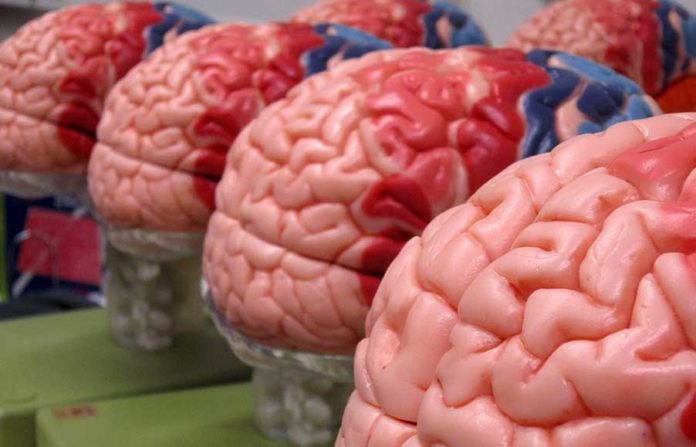Low-grade gliomas are brain tumors that come from two different types of brain cells known as astrocytes and oligodendrocytes. Patients with Low-grade gliomas are usually referred to have surgery to remove the tumor.
Be that as it may, evacuating brain tissue can be unsafe as there is no boundary between the brain and tumor – the tumor infiltrates the brain. Expulsion of the tumor can prompt evacuation of imperative parts of the brain and coming about impairments in functions, for example, speech, movement and executive function (which empowers the person to design, arrange and execute assignments).
In order to reduce this risk, neurosurgeons usually open the patient’s skull and then waken them. Even if the approach is considered to be the gold standard, but it is not perfect.
Now, scientists at the and clinicians from the University of Cambridge and Addenbrooke’s Hospital along with Pedro Coelho from Neurophys Ltd have developed a new approach that will enable patients to get a more accurate, personalised ‘read-out’ of their brain networks, and will provide surgeons with real-time feedback on the patient’s brain activity in theatre.
Dr Yaara Erez, a neuroscientist from the MRC Cognition and Brain Sciences Unit at the University of Cambridge said, “At the moment, neurosurgeons only know about function in the average brain – they have no patient-specific information. But there’s been huge progress in brain imaging and electrophysiology – our understanding of the electricity within our bodies – so why not use this information to improve brain surgery? We are aiming to bring all this knowledge into the theatre, providing surgeons with integrated data and the best tools to support their work.”
In this approach, patients would go for some examinations using MRI to locate the tumor and to check how different parts of the brain communicate with each other.
The process also includes 3D printed copy of the patient’s brain to show the location of a tumor. The model then aids surgeons to plan the surgery, discuss with the patient the potential risks from surgery and involve the patient in decisions over which tissue to remove.
During surgery, once the patient’s skull has been opened, the surgeon will place electrodes on the surface of the brain, to ‘listen’ to their brain activity. A computer algorithm will analyze this information as the patient performs a battery of cognitive tests, giving live feedback to the surgeon. This will enable the surgeon to predict more accurately the likely impact of removing a particular area of brain tissue.
Dr Erez said, “This isn’t going to replace brain stimulation during surgery, but it will guide the surgeon and it will save time and make surgery more efficient, more accurate. It will also enable us to understand how patients’ brains adapt to the presence of a tumor and how well they recover from surgery. It involves equipment that is largely already in use in surgeries, so should be easy and cost-effective to implement.”
Scientists gathered the data from 12 patients, already providing a large amount of data to analyze, with a rich dataset from each patient, collected before, during and after surgery. Although they are currently analyzing this information offline, the data will help them find the best measures to provide the required information – what the ideal tasks for patients to perform are – and then to optimize the analysis.
Dr Erez said, “The research has only been possible because of the interaction between researchers and clinicians from a variety of disciplines. At Cambridge, we have different groups of neuroscientists with a range of expertise from psychology and imaging to computer science working with clinicians and surgeons at the hospital. Whatever we need, we can always find someone in Cambridge who knows how to do it!”
